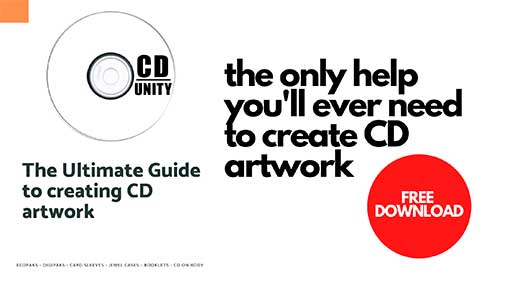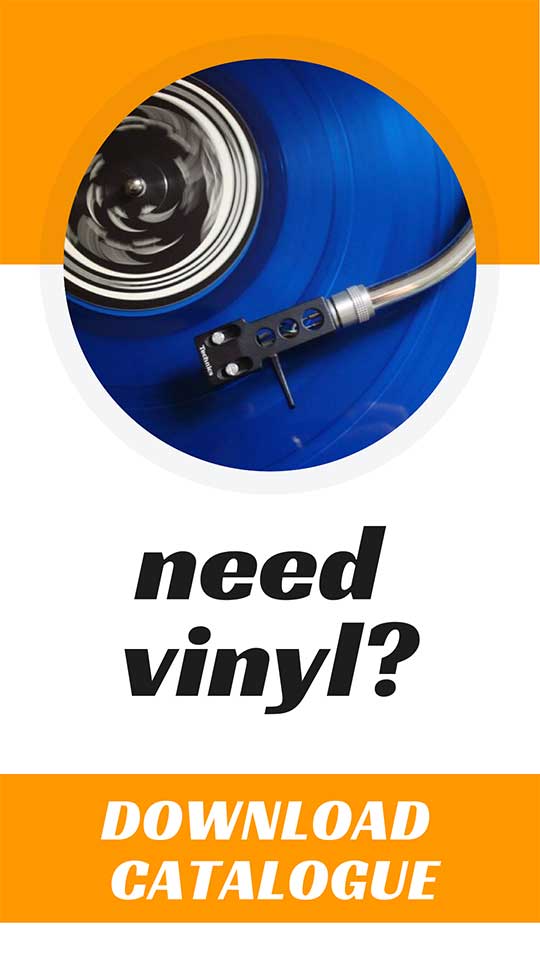CD Replication: What is CD Replication
CD replication can appear as a complicated and tricky process. But, in reality, it is a process of simple, logical steps which produce a large number of replicated discs.
Here’s how CD replication works: CD replication is a method of transferring information from one disc, to several others using glass master method (to coat and protect the glass) forming a ‘stamper’, which is then placed into an injection moulding machine. From here, molten polycarbonate is stamped into shape and your new CDs are made
CD replication and creating a glass master can be a time-consuming, expensive process. But the steps involved ensuring a high-quality product using glass masters, molten polycarbonate and light-sensitive chemicals.

How CD Replication works?
Put simply, CD replication is the original method of manufacturing discs. It is the process of crafting a disc from a quantity of melted polycarbonate plastic – a plastic which already contains your desired music or video’s coded information. This process is known as mastering.
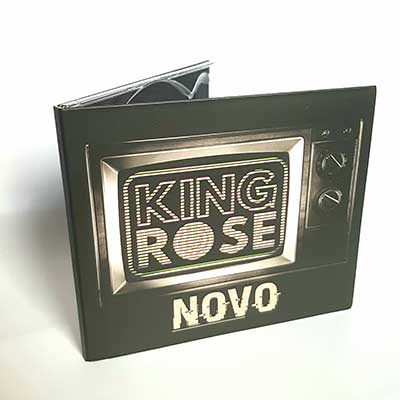

What is Glass-Master
CD replication begins with what is known as a ‘glass master’; this is where the process of mastering gets its name. This glass master may look like a simplified glass version of a CD but is in fact optical grade glassware that is coated with a light sensitive chemical.
Now, here is the scientific part of the process. Remember, before any replicants can be made the ‘master’ disc must contain the information you want to copy onto other discs. To do this, the glass master is given an opportunity to react to the digital audio file (otherwise known as the master audio file).
As this file is binary, made up of a series of 1’s and 0’s, the pattern can be transferred onto the glass master – whenever there is a 1 in the audio master, a hole is burnt onto the light sensitive chemical layer on the glass master.
Once this pattern has been successfully transferred, the glass master is dropped into an acidic solution. Then, whenever there was previously a hole burnt into the chemical layer, an ‘etch’ is made into the glass master’s surface.
This disc is then placed into a nickel solution, which sticks itself to the glass. Essentially, this nickel solution acts as a surrounding container for the glass inside – the glass by itself would be too fragile to handle and copied.
Following this, the nickel is then peeled off and the edges of the disc are refined down. Also, the central hole is punched into the disc. Now, this final product is known as a ‘stamper’.
What is a Stamper?
The stamper acts as a negative for your content – it is nickel plated version of your content (which has been chemically transferred onto a glass master which is housed within the nickel casing).
The stamper is then placed into the mould cavity of the injection moulding machines. Using these machines, a disc is made by injecting molten polycarbonate onto the stamper. The data then produced on the disc will be the compliment of the stamper.
The machines used in this process begin the process of creating a new replication every 3-4 seconds.
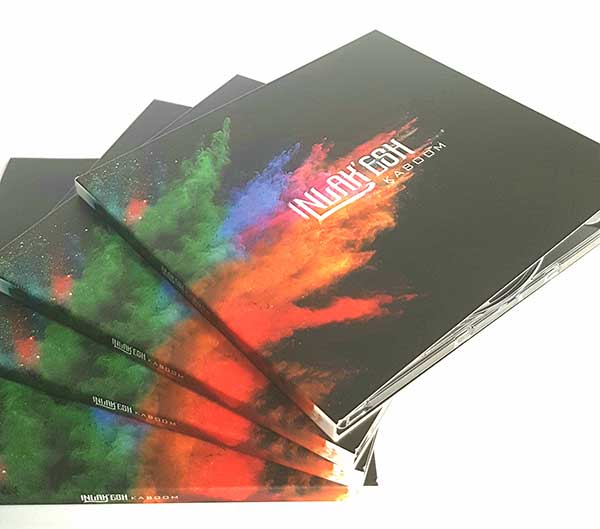
What Quality is Produced From CD Replication?
As the creation of CDs through replication is done by industrial-size machines and in factory-efficient environments, there are multiple methods of ensuring quality standards are upheld from disc 1 to disc 5000.
For example, after the stamper is used to created physically replicant discs, these discs are fed through a scanner which is designed to find imperfections and embellishments. Following this, a reflective layer is placed on the discs to firstly, allow CD and DVD players to read the material using their inbuilt lasers, and secondly, to prevent the information from being rewritten and/or manipulated.
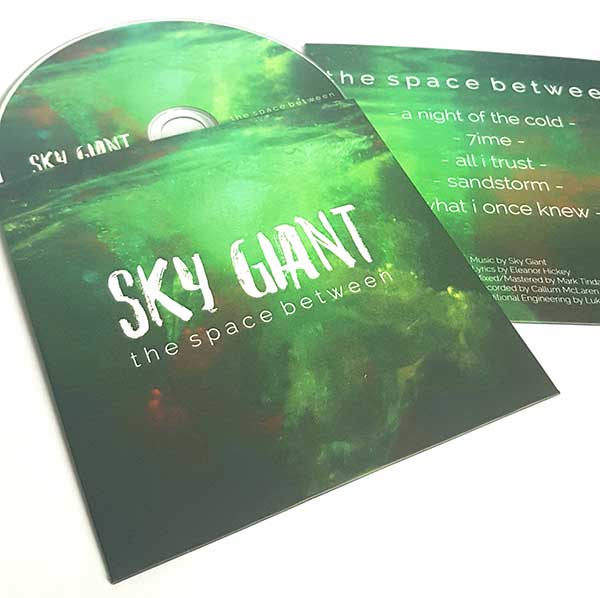
Does Printing a Logo Onto the CD Affect Quality?
Logos or other printing are added during a phase known as body printing. The desired artwork is simply placed on top of the CD on a surface level, it does not affect the binary level information contained within the disc.
What Are The Advantages of CD Replication?
The advantages of CD replication are:
There is a reduced cost for large-scale production of CDs
As the replicated discs are produced in a factory using efficient, specifically designed machinery, there are more options for print finishing (which gives a more professional appearance on the final product).
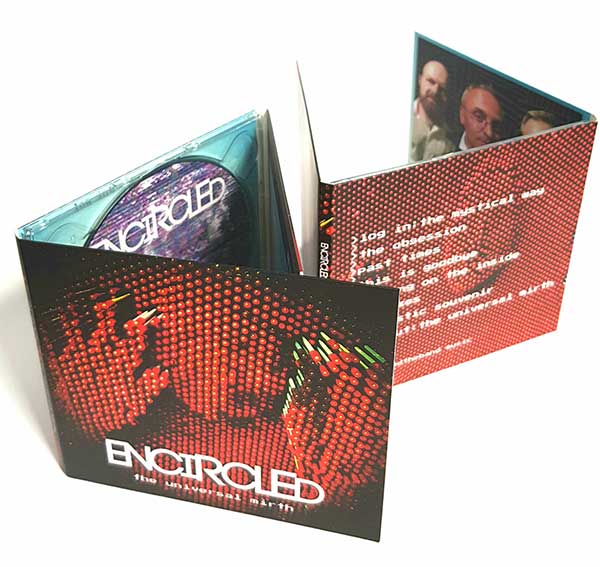
What Are The Disadvantages of CD Replication?
The disadvantages of CD replication are:
As factory machines are used, a longer production time has to be allowed. Typically, this can be around 13 to 15 working days
Financially, the process is only justifiable when ordering in large numbers – this means that many companies have a required minimum order amount

What Is The Minimum Order Amount For CD Replication?
For many companies, the set-up costs involved in the CD replication process are quite substantial. This means that they will not take on an order unless it is over a certain amount. Of course, this threshold varies from company to company.
The most popular number is around 500 units but we are able to offer CD replication from only 300 units.
Does CD replication Affects Quality of the Audio?
There’s no difference in audio quality between duplicated and replicated discs. Since the audio is not affected by the format of the disc the same audio in the same quality is put on both formats – duplicated and replicated discs.
How Much Does CD Replication Cost?
Because the process required factory-level machinery and, generally, is used in large-scale production, it is not cheap. Fortunately, we offer a very competitive price range on many different sleeves.
Is CD Replication Different to CD Duplication?
The main difference is the process used to create the two different kinds of CD. For replication, a glass master is created, and this is then used to press CDs and/or DVDs. For duplication, the process involves taking a blank, recordable disc (CD r) and burning the information directly onto it.
In fact, many of us have burned a CD or DVD at home using our personal computers. In simple terms, CD duplication is a large-scale version of this CD burning.
Does CD Replication Suit Independent Artists?
Replication might not be the best option actually. This is because of the significant financial outlay required to meet the minimum order threshold for CD replication – most independent artists do not have this kind of backing. In fact, this is why larger labels tend to use replication more frequently; they can afford it.
For independent artists, we would suggest using CD duplication. It is a cheaper, faster process for mass-producing your content. More information about this process can be found here.
Hope that helps!
Thanks,
Rory
Get ready for your CD release!
Download our FREE pdf guide and be on the sure path to release your CD successfully.
Download pdf guideYou might also like:
Includes PR companies, UK promoters & UK booking agents. Everything you need to put your band on the map.
Hey, I’m Tom, and I’ve been involved in the music industry for over two decades now! I help bands produce top-notch records by lending my expertise in CD manufacturing, music business and mastering. But that’s not all – I also have a soft spot for writing and sharing knowledge with others. I hope you’ll find the content I create enjoyable to read and that it provides some valuable insights into the world of music.

